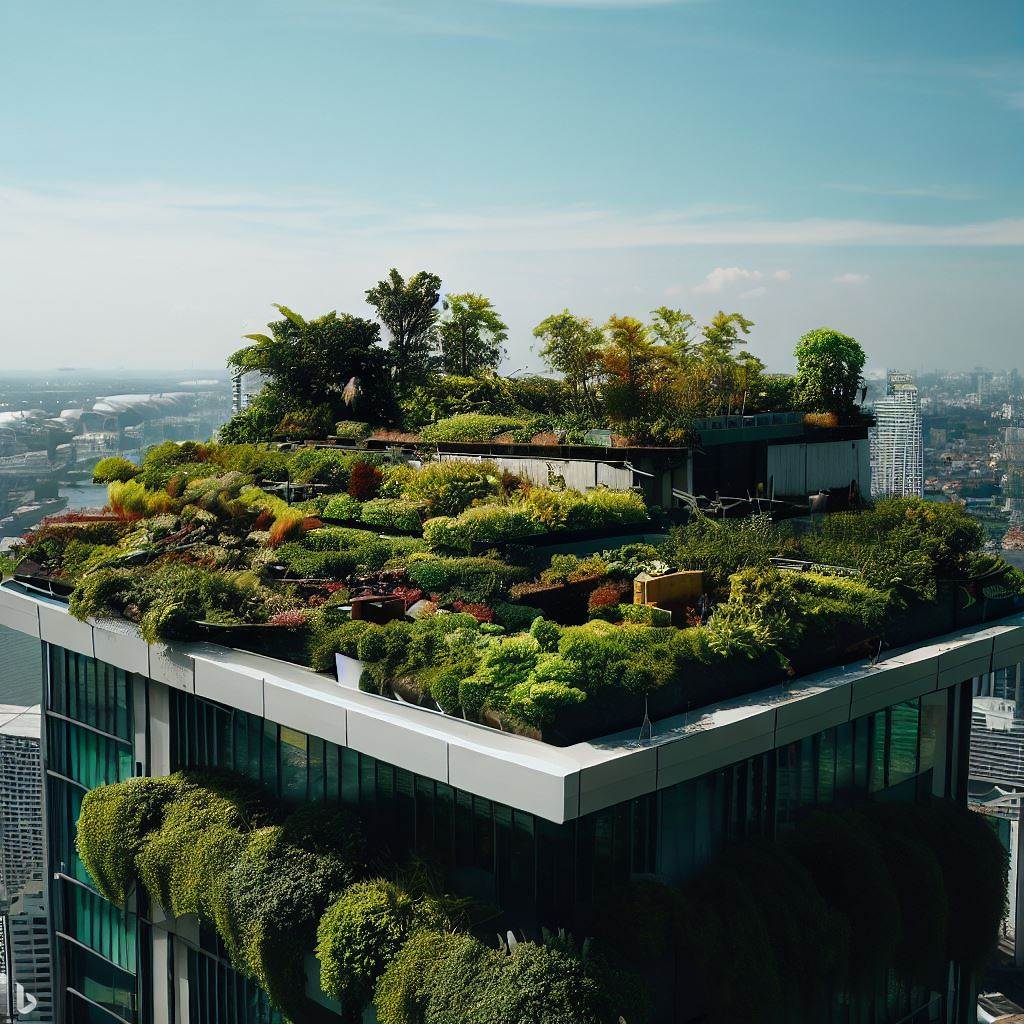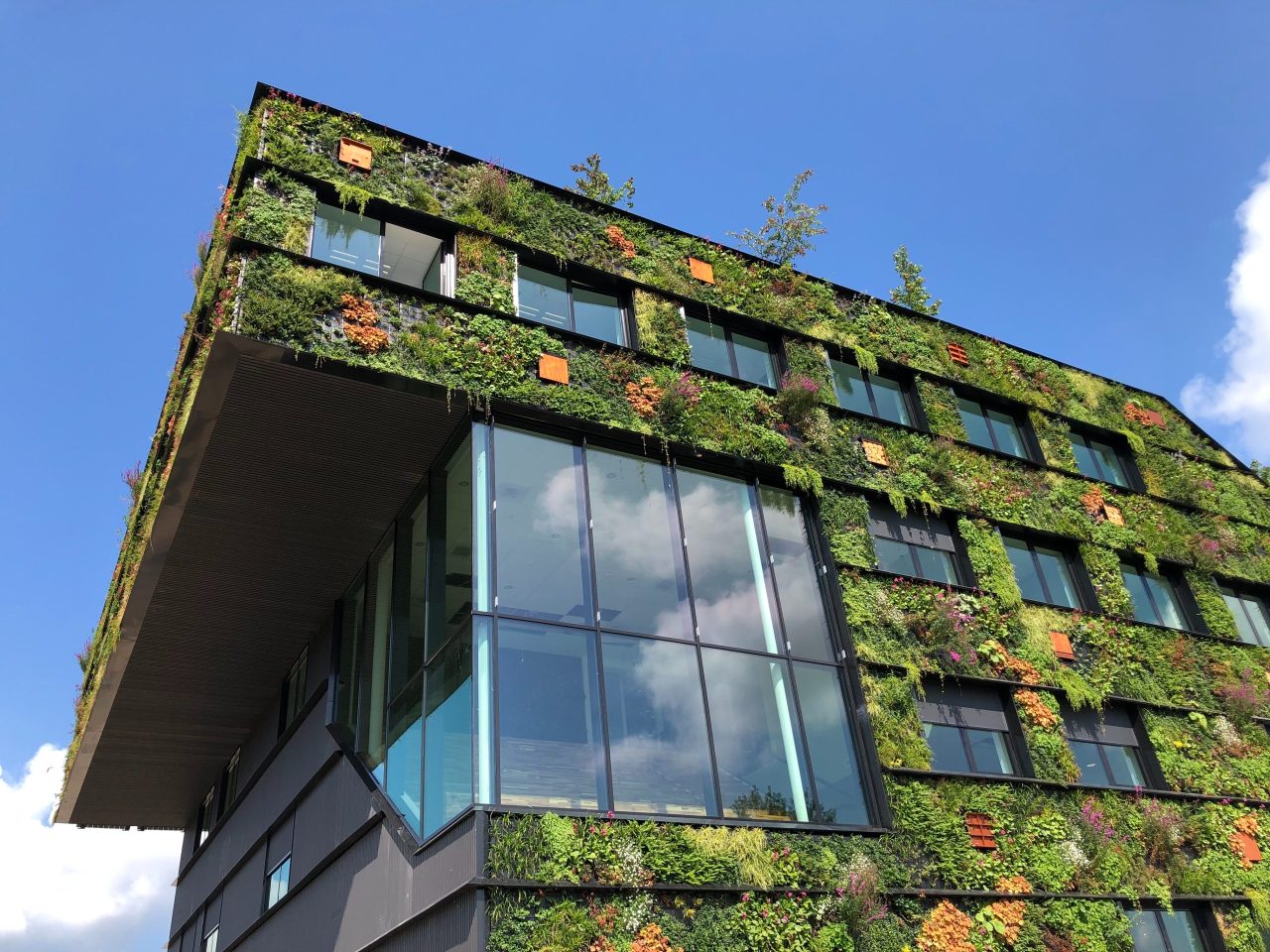Greening Buildings and Rooftops: Enhancing Life Quality for Humans and Wildlife
As urbanization continues to accelerate, cities face numerous challenges, including rising temperatures, air pollution, and loss of biodiversity. However, a growing movement towards greening buildings and rooftops is gaining momentum, offering a practical and innovative solution to mitigate these issues. In this blog post, we will explore how incorporating green spaces into urban environments improves the quality of life for both humans and wildlife, fostering healthier and more sustainable cities.

Temperature Regulation and Energy Efficiency
Urban areas often suffer from the “heat island effect,” where concrete, asphalt, and buildings absorb and radiate heat, leading to elevated temperatures. Greening buildings and rooftops can effectively combat this issue. Vegetation acts as a natural insulator, reducing the amount of heat absorbed by buildings and lowering overall energy consumption for cooling.
Green roofs, for instance, provide an additional layer of insulation, reducing the need for air conditioning in summer and heating in winter. Plants absorb solar radiation and release moisture through evapotranspiration, cooling the surrounding air. Studies have shown that green roofs can significantly reduce indoor temperatures, leading to energy savings and improved comfort for occupants.
Air Quality and Pollution Mitigation
Urban areas often suffer from poor air quality due to vehicle emissions, industrial activities, and the accumulation of pollutants. Greening buildings and rooftops play a crucial role in mitigating these issues. Vegetation helps filter and absorb airborne pollutants, including carbon dioxide, nitrogen dioxide, and particulate matter, improving air quality.
Plants act as natural air purifiers, absorbing harmful gases and releasing oxygen. They also trap dust particles, reducing the amount of airborne pollutants. By incorporating green spaces into cities, we can create a healthier environment, reducing the incidence of respiratory illnesses and improving the overall well-being of residents.
Biodiversity Conservation and Habitat Creation
The loss of green spaces due to urbanization has had a significant impact on wildlife populations. By greening buildings and rooftops, we can create new habitats, restore biodiversity, and promote ecological balance in urban environments. Green roofs and vertical gardens provide opportunities for birds, insects, and other wildlife to find shelter, forage for food, and breed.
Moreover, green spaces act as stepping stones, connecting fragmented habitats and enabling wildlife movement across the urban landscape. This connectivity enhances the resilience of ecosystems and promotes the survival of diverse species. The presence of wildlife in urban areas also provides educational and recreational opportunities, fostering a deeper connection between humans and the natural world.
Improved Mental and Physical Health
Access to nature and green spaces has been proven to have a positive impact on mental and physical health. Greening buildings and rooftops bring nature closer to urban dwellers, providing a respite from the concrete jungle and offering numerous benefits.
Studies have shown that exposure to green environments reduces stress, anxiety, and depression, improving overall mental well-being. Green spaces also encourage physical activity, as people are more inclined to engage in outdoor recreation and exercise when surrounded by nature. The presence of greenery in cities has been linked to lower obesity rates, improved cardiovascular health, and enhanced immune function.
Community Engagement and Social Cohesion
Greening buildings and rooftops not only benefit individuals but also foster community engagement and social cohesion. Transforming rooftops into community gardens or recreational spaces provides opportunities for residents to come together, interact, and build social connections.
Community gardening initiatives promote collaboration, knowledge sharing, and a sense of ownership among participants. These projects can also contribute to food security and urban resilience by promoting local food production and reducing reliance on long-distance transportation.
So greening buildings and rooftops is a transformative approach to building sustainable and livable cities. By incorporating vegetation into urban environments, we can regulate temperatures, improve air quality, conserve biodiversity, enhance mental and physical health, and foster community engagement. The benefits of greening buildings and rooftops extend to both humans and wildlife, creating a harmonious and interconnected urban ecosystem.
